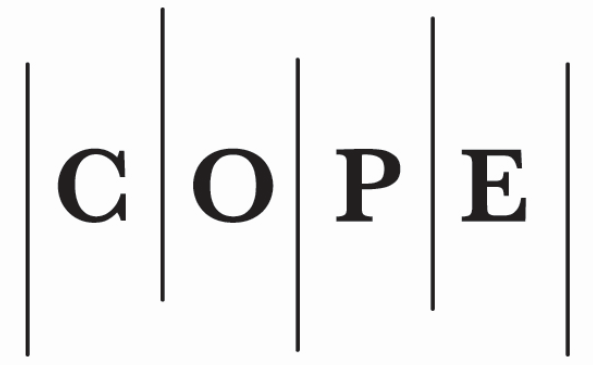DIFFERENCES IN METHODOLOGY FOR ASSESSING DOUBLE MATERIALITY: DO ENTITIES UNDERSTAND THE ESRS REQUIREMENTS IN THE SAME WAY?
##plugins.themes.bootstrap3.article.main##
Abstract
The adoption of the European Sustainability Reporting Standards (ESRS) under the Corporate Sustainability Reporting Directive (CSRD) has made the concept of double materiality a mandatory component of sustainability reporting in the EU. While prior literature has explored the theoretical basis for double materiality, there is limited empirical research on how entities are applying the ESRS guidance in practice. This study investigates whether companies interpret and apply the ESRS 2 IRO-1 requirements on double materiality assessment in a consistent and transparent manner. A comparative case study of seven multinational entities—Sanofi, Ørsted, Maersk, Puma, Mercedes-Benz, Carlsberg, and Rockwool—was conducted using publicly available sustainability reports. The analysis focused on the methodological components required under ESRS 2 IRO-1, including scoring systems, materiality parameters, weighting approaches, treatment of human rights, use of likelihood, and materiality thresholds. The findings reveal significant variation in how entities structure and disclose their materiality assessments. While core ESRS parameters are broadly applied, approaches differ in scoring logic, weighting of impact factors, and threshold clarity. Some companies deviate from ESRS guidance by applying likelihood to actual impacts, and only a minority provide transparent thresholds for materiality. The results suggest a lack of methodological standardization in early ESRS reporting. This paper contributes to the growing literature on ESRS implementation by highlighting current inconsistencies and underlining the need for clearer guidance to improve the comparability, and reliability of double materiality disclosures.
##plugins.themes.bootstrap3.article.details##

This work is licensed under a Creative Commons Attribution 4.0 International License.
Authorship Responsibility and Authors' Statements
The authors must submit the Author's Guarantee Form, declaring that the article submitted to Public Security and Public Order is an original work and has neither been published nor is under consideration for publication elsewhere. More so, the work has been carried out by the authors and the article does not contravene any existing copyright or any other third party rights. The AUTHOR'S GUARANTEE FORM could be found HERE
Authors contributing to Public Security and Public Order agree to publish their articles allowing third parties to share their work (copy, distribute, transmit) and to adapt it with a condition of proper referencing; the authors contributing agree to transfer all copyright ownership of the manuscript to the Public Security and Public Order.

 https://orcid.org/0009-0009-1115-3110
https://orcid.org/0009-0009-1115-3110





